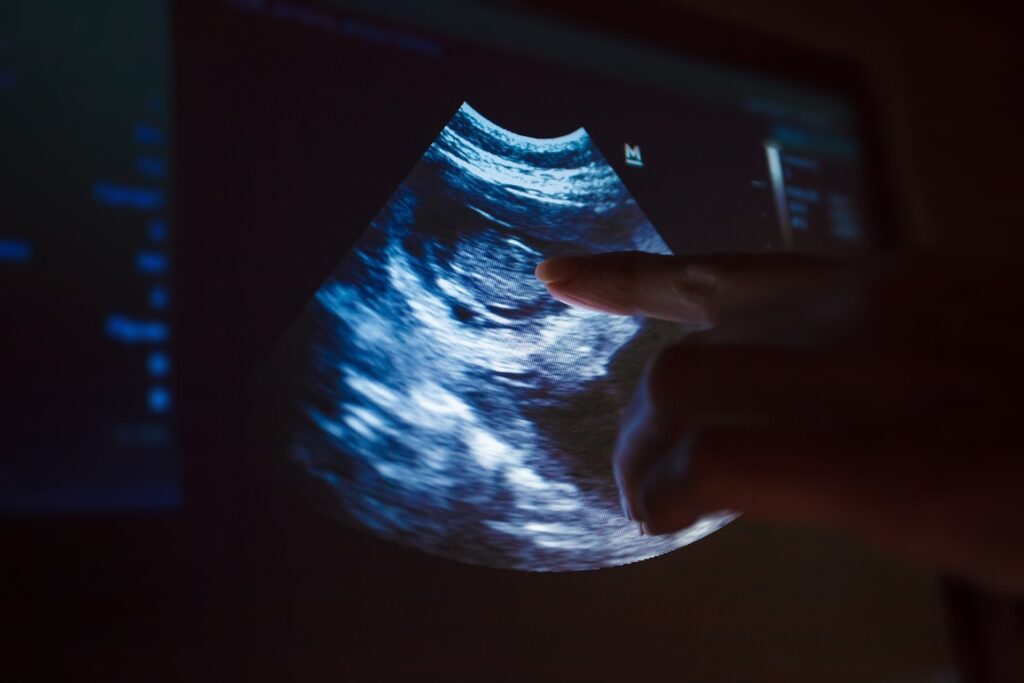Viability scan is the first scan performed during pregnancy. This scan is carried out during seventh to tenth week of pregnancy.
A viability scan determines your pregnancy date and estimates the due date of delivery.
What is The Purpose of a Viability Scan?
The purpose of viability scan is:
- To Verify Pregnancy
- To Confirm If the Pregnancy Is Progressing Normally (Foetus Is Placed Within the Womb)
- To Demonstrate That the Baby Is Moving
- To Determine the Number of Embryos Present (Twins or Triplets)
- To Detect Early Pregnancy Abnormalities
- Check For Internal Bleeding
A viability scan provides detailed pictures of the developing fetus and listens to the fetal heartbeat.
How is the viability scan performed?
Viability scans can be done through your abdomen or vagina.
Transabdominal ultrasound scanning
- The scan is performed through your abdomen and does not last for more than few minutes
- You will be asked to drink lots of water so that the uterus is clearly visible
- Wear loose clothes so that it is easy to apply a gel to your abdomen before the scan
- A probe is gently moved over the abdomen to display the pictures of the fetus
Transvaginal ultrasound scanning
- If the uterus is not visible clearly or during the early days of pregnancy, a vaginal test is recommended
- In this procedure you need to have an empty bladder
- A probe is inserted into your vagina to provide pictures of the inside of the uterus.
- Scans done this way provides more detailed pictures
Fetal viability scans are essential for assessing the health and well-being of a developing fetus. These scans provide valuable information about growth, organ development, and potential abnormalities. They enable early detection of complications and informed decision-making for better pregnancy outcomes.

